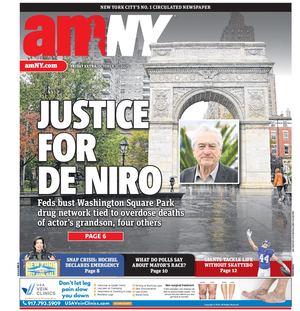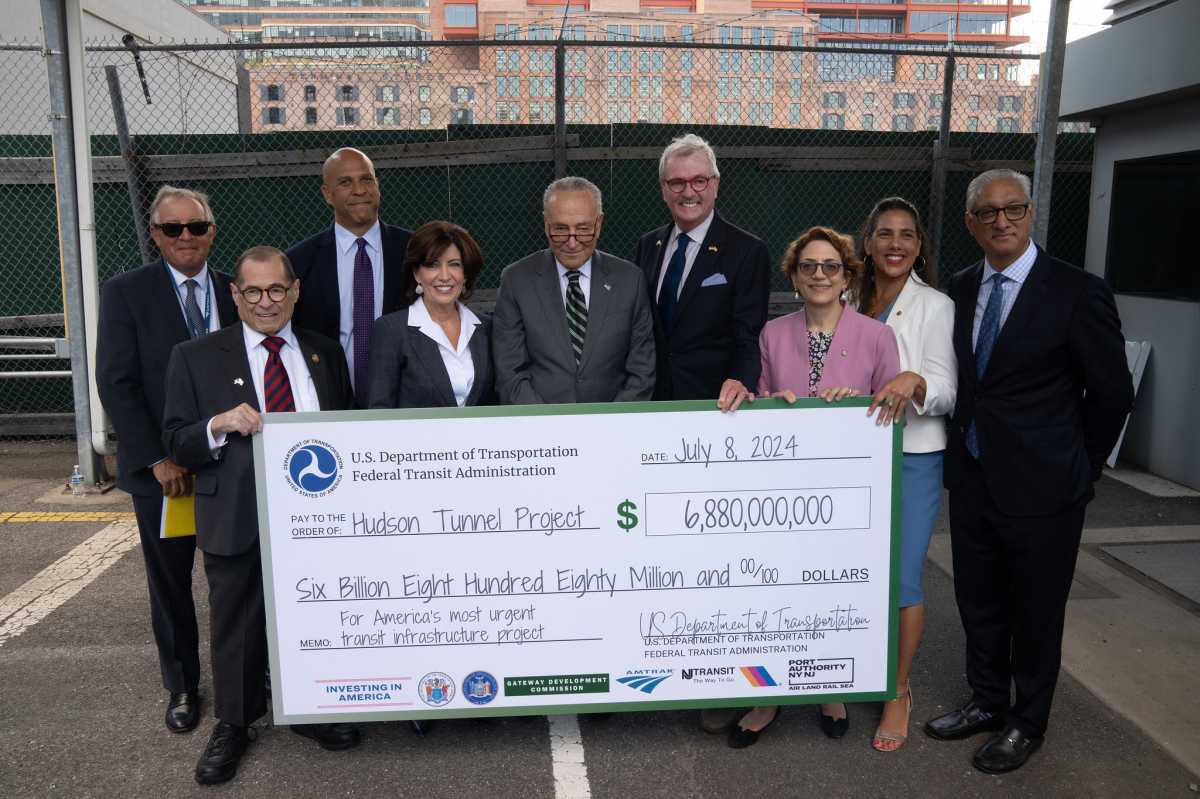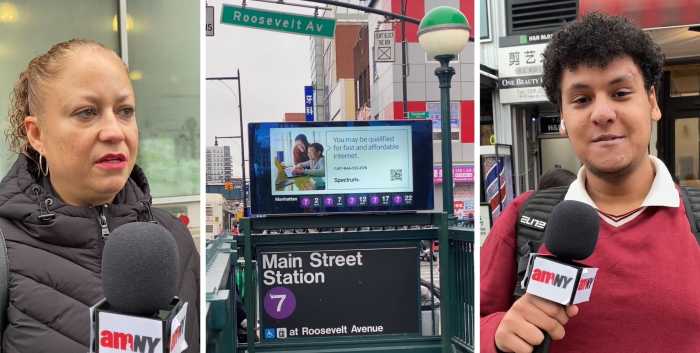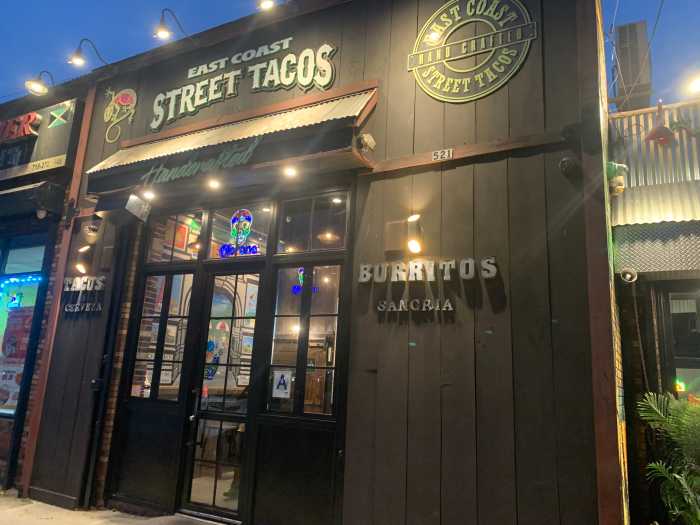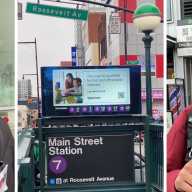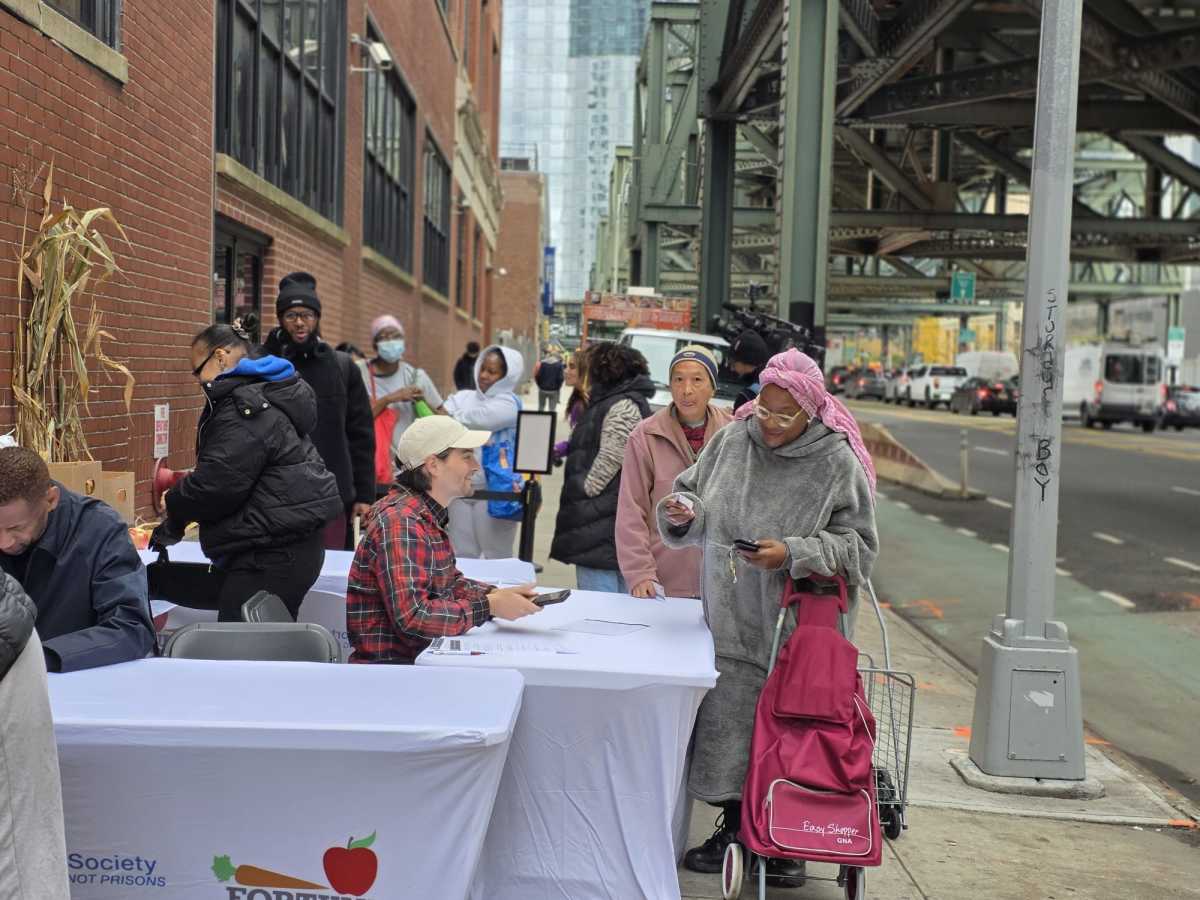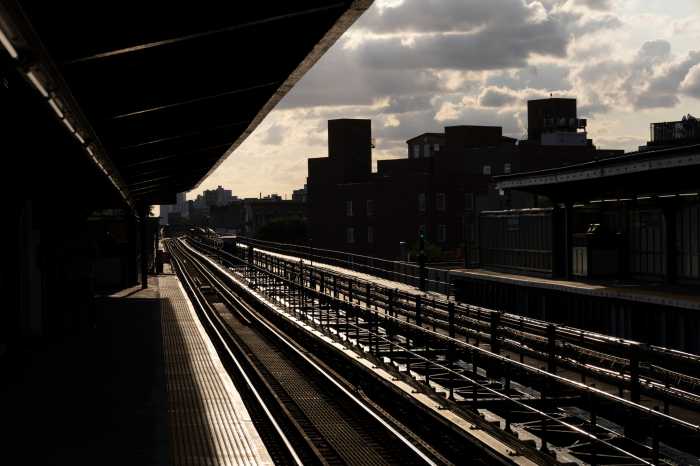The Biden Administration on Monday signed a $16 billion full funding agreement with New York and New Jersey that will finally get the Gateway Tunnel project, which will build two new train tubes under the Hudson River, underway.
The agreement brings an additional $6.88 billion of federal money to the project, bringing the federal contribution to $12 billion to supplement $4 billion in loans to the Empire and Garden states. That means work can begin in earnest on one of the largest and most expensive infrastructure projects in American history, which President Joe Biden has called one of the nation’s most important.
“We’re here to announce, really, this time it’s real, to cross the finish line on one of the most challenging and most important milestones for Gateway,” Senate Majority Leader Chuck Schumer said at a ribbon cutting on the west side of Manhattan on Monday.
The two existing tunnels under the Hudson River, carrying Amtrak and New Jersey Transit trains between New York City and New Jersey, are over 110 years old and sustained severe damage during Hurricane Sandy. Hundreds of trains squeeze through these tubes daily to bring commuters to work in Manhattan and back to New Jersey.
“Gateway is the most consequential infrastructure proposal in all of America,” said Schumer. “The rail tunnels under the Hudson River are an essential artery that moves countless people and goods along the entire eastern seaboard. If the artery gets backed up, the heart of our national economy ceases to pump, America would go into recession overnight, millions of people would lose their jobs, the GW Bridge, the Holland and Lincoln Tunnels would be jammed with traffic bumper to bumper 24/7, pollution would exponentially increase.”

The signing of the funding agreement means work can begin on digging the new tunnels under the river. Work is set to begin in the coming weeks on the Hudson River Ground Stabilization project, where workers will labor on stiffening the Hudson riverbed so that tunnel boring machines can go underground and start digging.
The new tunnels are not expected to be completed until the 2030s, at which point the original tubes can be closed and extensively rehabilitated. Once that work is completed, Amtrak and New Jersey Transit say they could operate at double the train capacity they currently do.
The tunnels are the main component of the larger Gateway program, which also includes connecting tunnels between the new tubes and Penn Station, as well as new railroad bridges in New Jersey. All in all, the massive project is expected to cost some $40 billion.
“This is not gonna be overnight,” said New Jersey Gov. Phil Murphy. “But when it finally hits, it will transform literally millions of lives.”
It’s been a long time coming: a previous iteration of the project, called Access to the Region’s Core (ARC), was well underway with hundreds of millions of dollars spent when then-New Jersey Gov. Chris Christie abruptly pulled funding, leaving the project on ice.
Amtrak announced Gateway in 2011, and the Obama administration sought to create a cost-sharing agreement between the feds and the states of New York and New Jersey, but momentum stalled during the Trump administration, which was hesitant to commit federal funding to what it called a local project.
Once Joe Biden replaced Donald Trump in the White House, the federal administration took a renewed interest in Gateway, especially after Congress passed the president’s $1.2 trillion infrastructure bill. With the cost-sharing agreement finalized, the feds are fronting about 70% of the cost for the tunnels, with New York and New Jersey’s shares coming from federal low-interest loans through the Railroad Rehabilitation & Improvement Financing (RRIF) program.
Read More: https://www.amny.com/nyc-transit/
